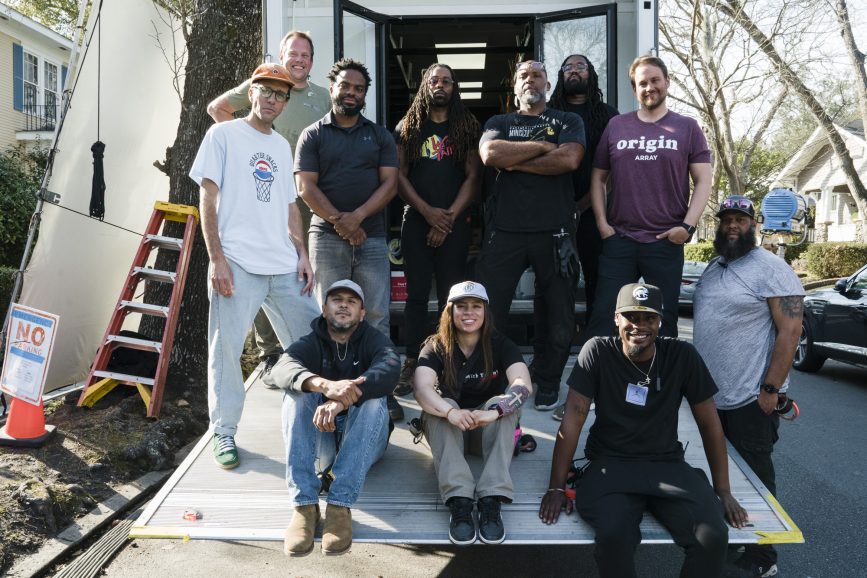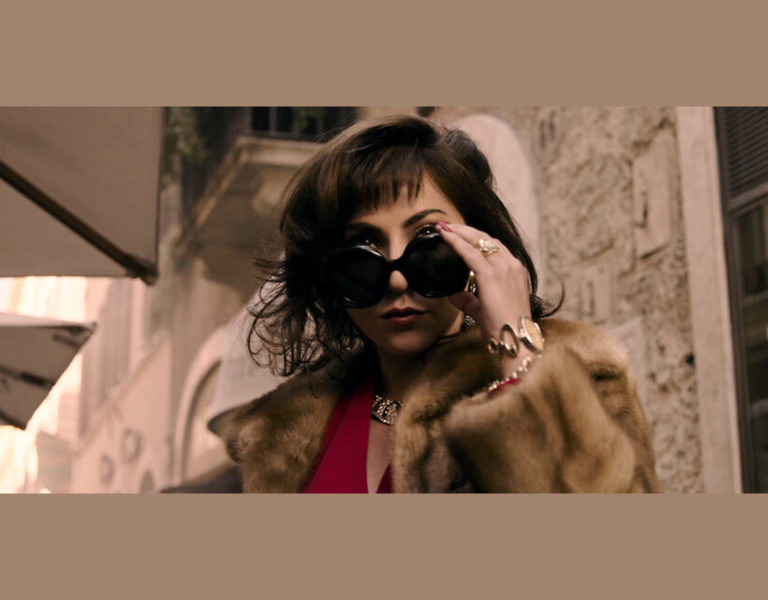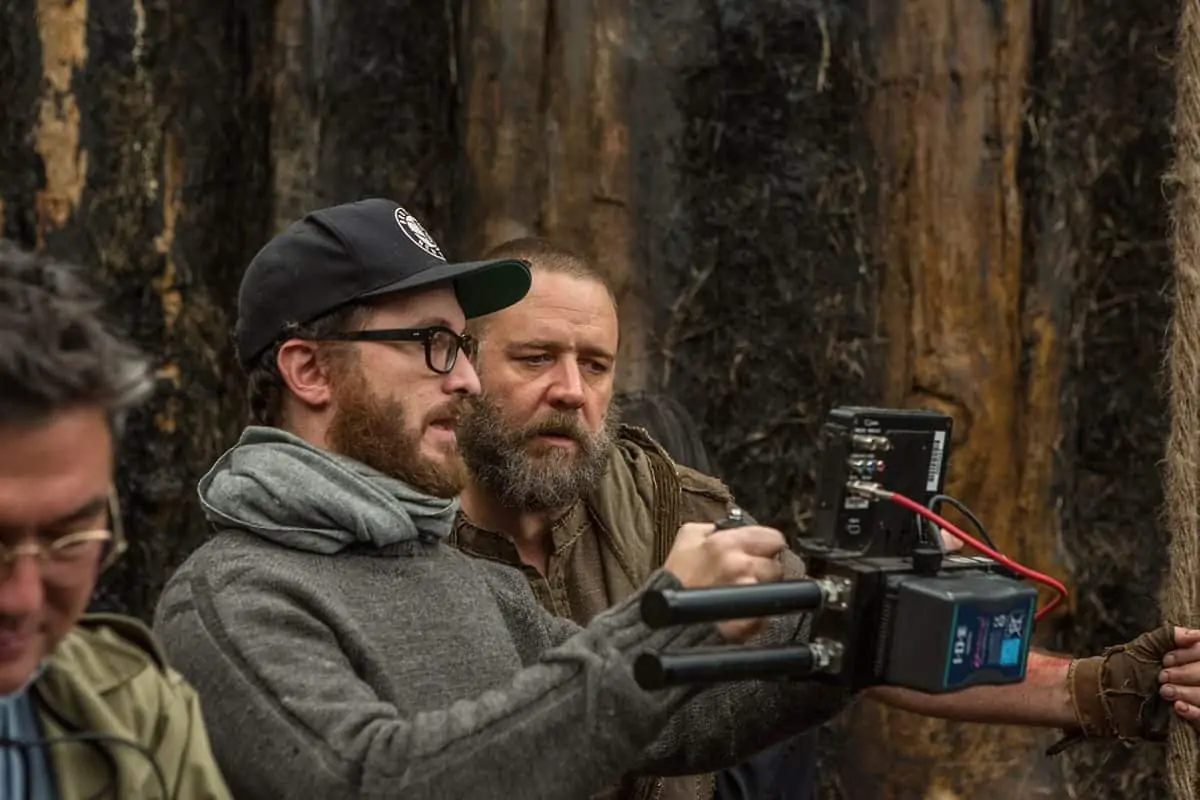Cinematographer Matthew J. Lloyd ASC reteamed with with close collaborator Ava DuVernay for a “once-in-a-lifetime” opportunity bringing Origin from script to screen.
The Pulitzer Prize-winning author Isabel Wilkerson published Caste: The Origins of Our Discontents in 2020 and the book was soon dubbed an ‘instant American classic’ by the New York Times. Origin is Ava DuVernay’s dramatisation of the writing of the book, following Wilkerson as she researches the caste system across Germany, India and the US. DuVernay called upon frequent collaborator Matthew J. Lloyd ASC to lens her ambitious project; here, he explains their creative and technical processes.
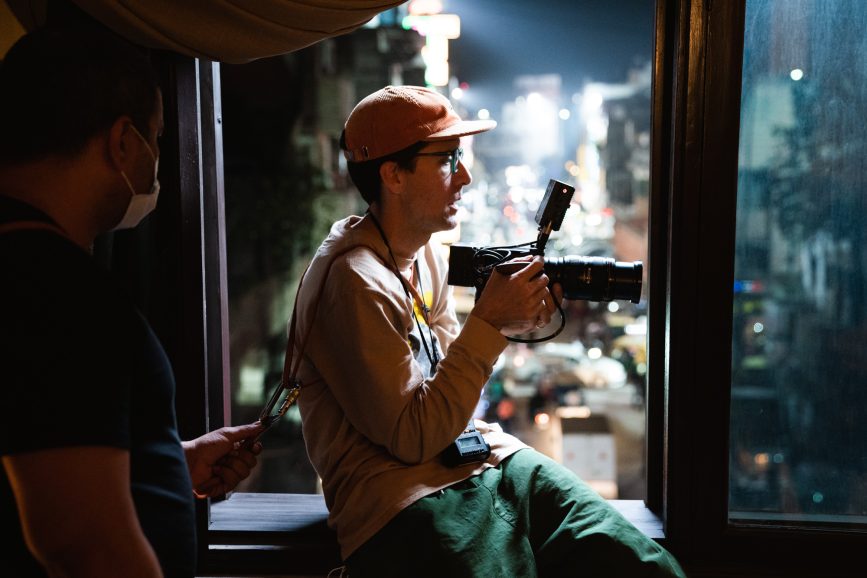
British Cinematographer (BC): How did you get involved with Origin? Were you familiar with Isabel Wilkerson’s source material?
Matthew J. Lloyd (MJL): In late summer of 2020 Ava sent me Ms. Wilkerson’s book to read. I was on my way to Europe on another production and read it twice straight away. I called Ava immediately not even really knowing what she had planned. As it turns out we would going ahead with the Colin In Black & White project first but we used the better part of the next two years to discuss the book, its impact and implications and what would ultimately become the film Origin. I have never been so close to a film for so long as this one, seeing it evolve from original text to the screen was a once-in-a-lifetime opportunity for me.
BC: When you read the script, what was your reaction?
MJL: Completely stunned. I am always struck by what a gifted screenwriter Ava is but this was unlikely anything I had ever read before in my life. Structurally it was like a tapestry, you could really see it on the page. All the story lines and time periods interwoven to paint a complete, singular picture of the artists journey and the genesis and genius of her thesis was there from the very start.
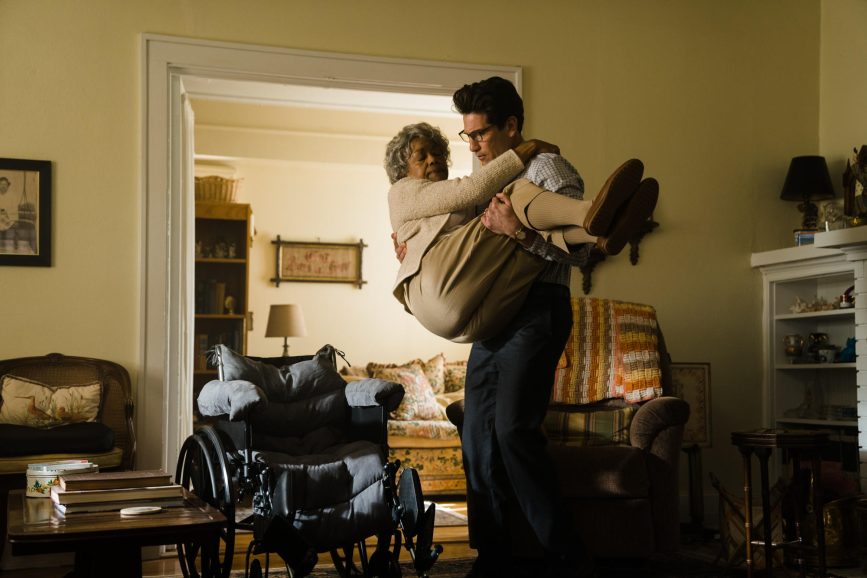
BC: Origin marks another exciting collaboration with director Ava DuVernay. What do you think makes your ongoing partnership with Ava so successful?
MJL: I’ve simply never encountered another human being like Ava DuVernay. The undeniable force of her artistry has captivated me since the moment we met. When you see a filmmaker operating at her level there is nothing else you can do but give everything you’ve got in the service of that vision. So I think that is why it works, because no matter what we are doing the people around her are completely invested in the work and contributing in whatever way we can to her vision.
BC: What were your initial discussions with Ava regarding the look and mood of Origin? What were her ideas and what new perspectives did you bring to the table?
MJL: Straight away she had a clear point of departure about the visual language of the film. The idea of a singular lived experience was the key. Often in films with varying periods, storylines, place settings you have this idea of how to make each place should “look”, as to allow the audience to know or feel they are in different times/periods/places what have you. For this film Ava rejected that notion completely as the illusion of separateness, the thesis of the film in fact is that phenomena of caste is a singular lived experience and all of these stories despite being topically separated are inextricably linked. So from that concept we developed a language that was one style, one format and uniquely connected to all the times and places we visit in the film. And whatever visual differences present themselves are in fact the people and places speaking to us and not a visual marker placed there by the filmmakers.
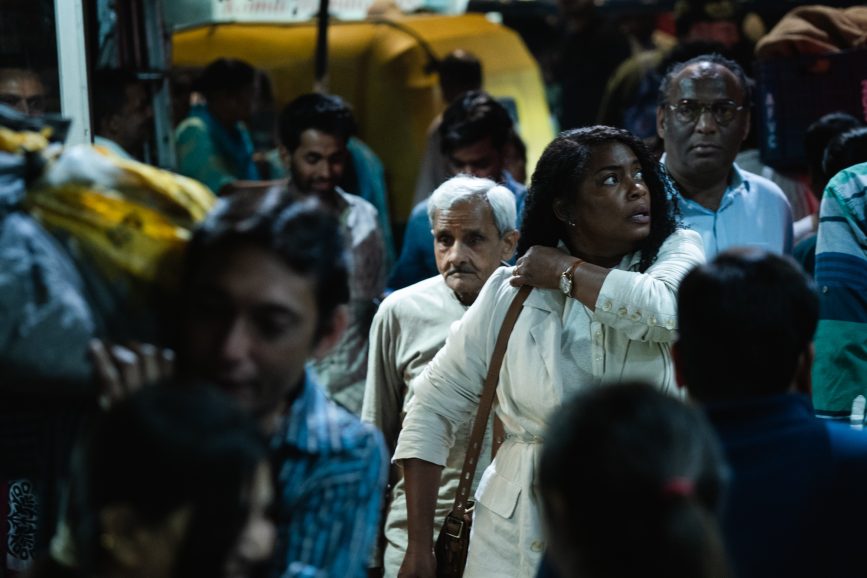
BC: Take us back to prep. How long did you have? What research did you do? Any creative references you’d like to mention?
MJL: The preparations were quite extensive for this film. Ava wanted me on a 12-week prep for which I began in early September of 2022 but really we were in very regular communication throughout her writing and development process in late 2021. Once I was on full time we immediately started to focus on what Ava calls “anchor images”, meaning the core visual of each scene and where it is placed for maximum impact. These are sometimes historical, sometimes reference images or films and sometimes just things we invent to serve the visual storytelling but as we began to assemble to core images for each scene and get them up on the wall we could really begin to see the tapestry of the films language unfolding.
I’m fortunate to have worked with Ava for a number of years and we have a deep reverence for a lot of the same imagery and visual culture so we can move quite quickly speaking the same language. The Sweet Flypaper of Life by Langston Hughes and Roy DeCarava is a huge piece of that language and we got to pay tribute to that work and what it means to us during the scene where Dr. Ambedkar visits Harlem New York. Another huge film for me personally is Chris Marker’s Sans Soleil, it’s not something we referenced directly but I had it on in my room every night of the production. I felt Marker’s eye was something that could perhaps would guide me on the journey.
BC: When did principal photography begin and end?
MJL: Filming began 12 December 2022 and finished 3 March 2023. We filmed for 37 days in that time period throughout Savanah, Georgia; Berlin, Germany; Delhi, India; and Montgomery, Alabama.
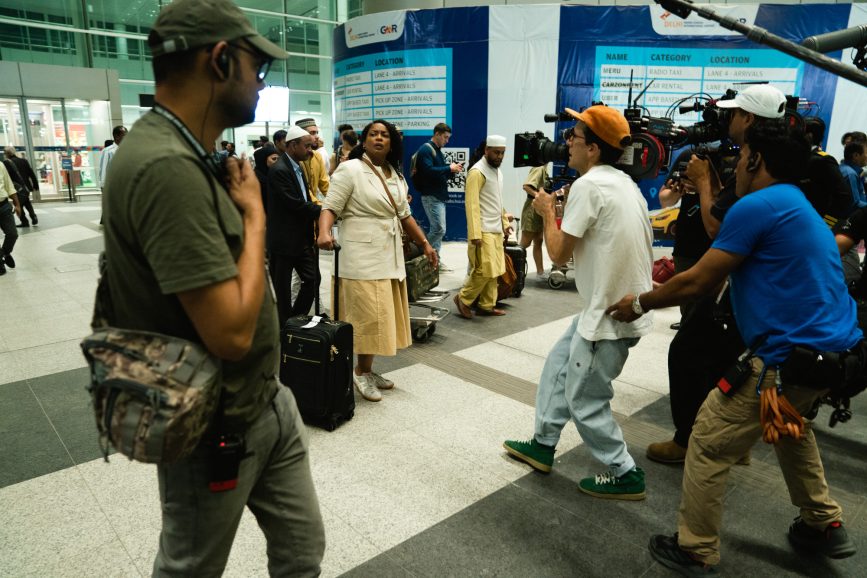
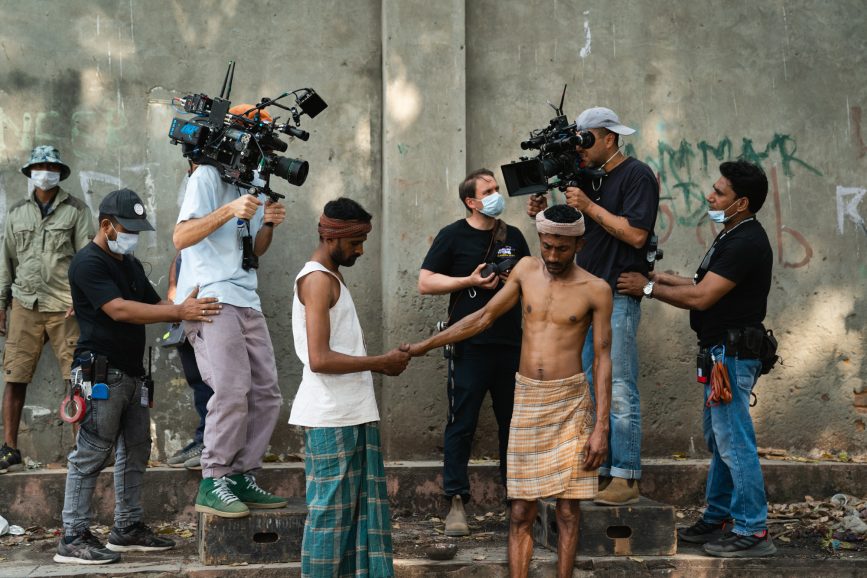
BC: Which camera and lens(es) did you choose for Origin and why?
MJL: Keslow Camera in Los Angeles and Atlanta supplied us with Arriflex 416 Cameras and Cooke S4 Lenses. We used Kodak Filmstock 7219 500T and 7207 250D.
BC: What were the main cinematographic challenges of the shoot and how did you overcome them?
MJL: Ava’s directorial style is very active. She stages scenes so that she can often run them start to finish continuously. She does very long takes. We also do a tremendous about of handheld camerawork and I’m operating the whole time so it’s a very physically demanding process.
The travel and speed with which we needed to move required having all the logistics and details sorted well in advance and being able to mobilise quickly once arrived in a new location. I leaned very heavily on my dear friend and collaborator David Edsall who headed up the camera department and kept the train running all day and night. He never missed a beat.
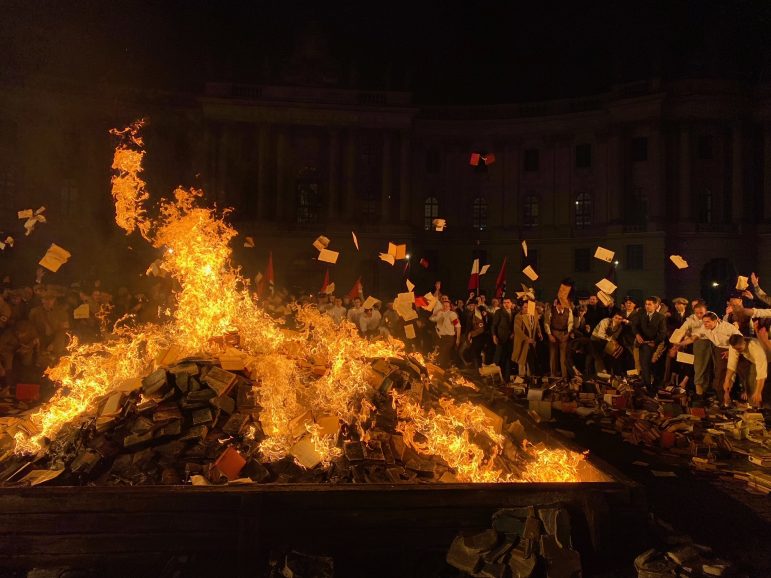
BC: What was your general approach to lighting Origin?
MJL: Shooting on film again was interesting because lighting technology has basically had a complete paradigm shift since the prevalence of film as a capture medium. I just felt that with the handmade feeling Ava was after and my own training on film lead us to opt out of any LED technology for lighting the movie. We quite simply returned to basic tungsten and daylight sources to craft the movie. My good friend and incredible lighting designer Mazi Mitchell took on the challenge and did an terrific job. We knew we didn’t want much equipment on the floor and we worked in all practical locations, often having to completely reproduce daylight inside after the sun had set in January. We also worked in a style where we need a decent F-stop to ensure that focus was possible given the ever-evolving blocking and shooting. So all of that to say it was heavily augmented naturalism that never wanted to appear intentional, but inform and support the spaces we were in. Bringing life and light to the scene, but also satisfy the technical necessities of the production.
BC: What was the trickiest location/scene to light and why?
MJL: Dealing with the Nazi Book Burning on the Bebelplatz in Berlin was tricky on film because of the massive size of the on-camera fire and the need to have it reproduce faithfully on film. We weren’t wanting the fire to light the scene as this would mean that it would reach max density on the film and not show any detail. Mazi and our German gaffer Bjorn Sussen then had to set about producing believable firelight with enough volume to throw light on the scene that would allow a deep enough stop to capture the raging flames detail. It was a lot of lighting out there to make that happen. They also had to keep the units far away so as to not be in shot since it was five cameras and we only had one night for the scene.
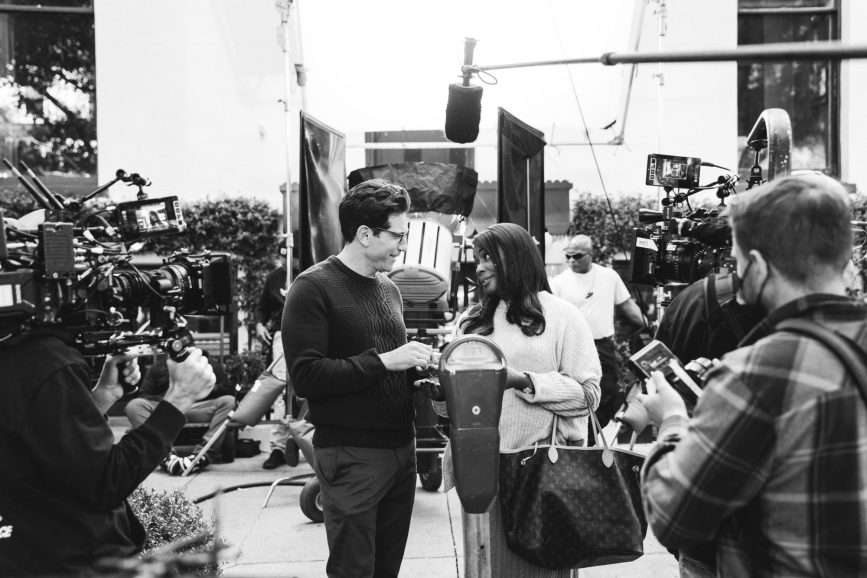
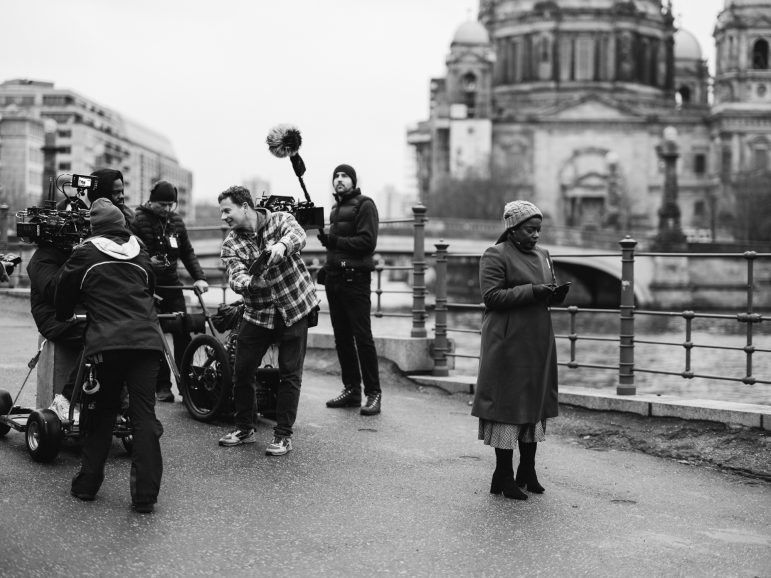
BC: Take us through your collaboration with the colourist on Origin, from prep to the grade.
MJL: Very early on Ava expressed an interest in connecting with Tom Poole at Company 3 New York for the DI on Origin. Tom and I have known each other for a good while but hadn’t yet done a film together. I called him and he was very excited by the idea. Early on we brought him a lot of film we had shot while scouting in September. He sat with us in a session in LA and we all fell in love with the footage. What the 16mm did to these locations and spaces, the granularity and halation and softness was really compelling. From the very beginning Tom was a champion for what we were doing.
For the final grade I visited him at his theatre deep in woods on Long Island, New York. We worked for nearly two weeks screening the progress for Ava nightly. Having the opportunity to work with a master colorist like Tom in that setting, completely removed from the distractions and goings-on of the typical post production facility was a real blessing. We bonded over the power of the film Ava had made and did our best to service that vision in our time together.
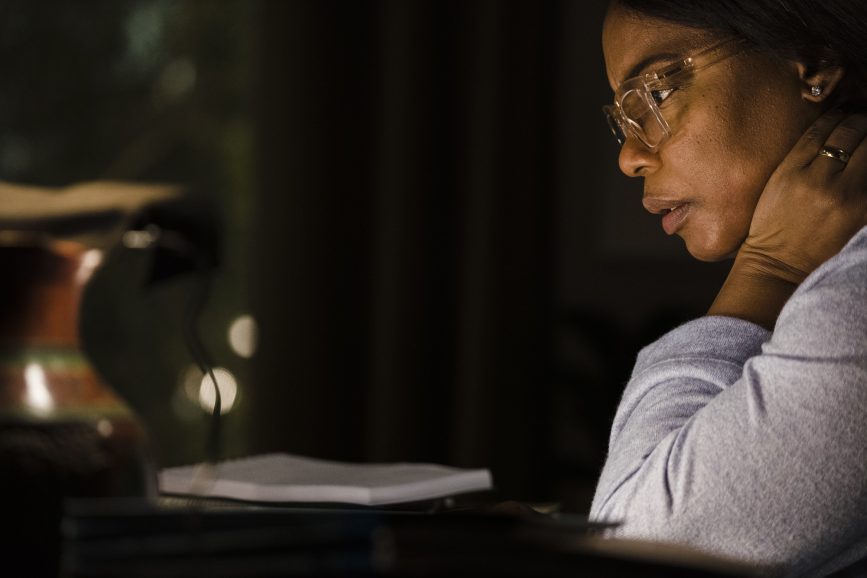
BC: What aspect of your work on Origin are you most proud of?
MJL: There are no words for the immense power of both the experience of making this film and the end result on the screen. I’m just incredibly fortunate to have had to opportunity to stand beside this incredible filmmaker for every step of the process and contributed in whatever ways I was able to a work that I believe speaks to the core of our humanity and need to awaken to the systems we’ve created to burden the many in favour of the few. Having been a part of it is the greatest honour of my life.
BC: Is there anyone not yet mentioned whose work you’d like to highlight?
MJL: Great praise due to our incredible comrades David Edsall (1st AC), Michael Fernandez (2nd unit DP), Mazi Mitchell (gaffer), Dascious Thomas (key grip), Tory Wade (dolly grip), and our tremendous crews around the world. Mel Mathis at Keslow Camera, Jackie Lee at Company 3 and Vanessa Bendetti at Kodak and the incredible people at the Kodak Labs in London and Atlanta. Without all of these people and so many more, it simply would not have been possible.
Origin hits UK cinemas from Friday 8 March.
